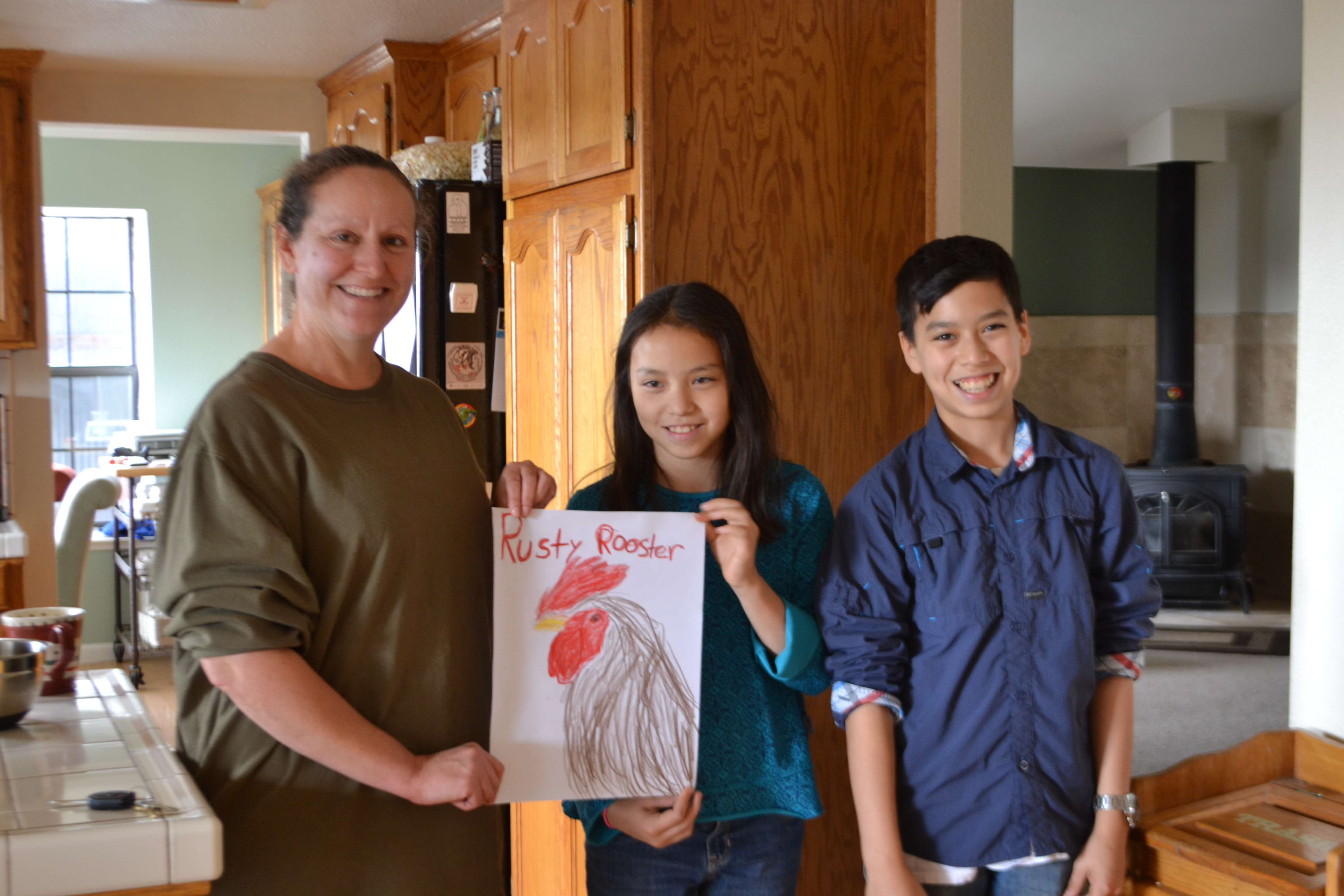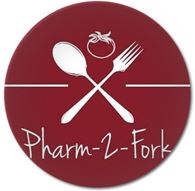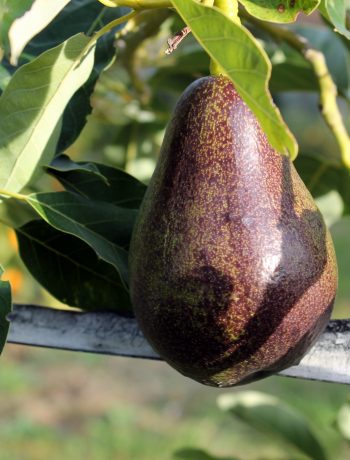
Know your farmer, know your food. This is the motto Christine lives by; she is a farmer, but also an entrepreneur. When it comes to farming, it’s all about innovation and creativity. Unlike some traditional family farms, where the land and the skills are passed down through the generations, Christine grew up in Southern California, a typical city girl, ‘the concrete jungle’ in Orange County California. ‘But I always knew I wanted to be a farmer’ she says, even as a child, when an adult asked her what she wanted to become, ‘a farmer’ she would answer, and ‘They would laugh,” She says, “because LA is not a place people aspire to become farmers”.
Christine is now living her childhood dream, after retiring from banking; she bought some land in Shingle Springs, and began her new life’s venture in farming. Daily, she tends to the plants, the hundred or so chickens, baby goats, and raises bees on her family farm. You wouldn’t know by the rolling meadows, green hills, and hundred year old oak trees, that a flock of chickens, a hundred of them, roam the land freely.
They provide a bounty of eggs, colorful enough for Easter. Christine raises some interesting varieties, Silkies, Americano, Leg Horn, Bantams, speckled ones, and some hybrids that are just plain difficult to categorize. They are extremely diverse, not only size, color and feather patterns, but also in personality. “This one tried to jump me this morning”, she says pointing her boot to the black-feathered bantam, “out of nowhere, after I left them breakfast of apples, watermelon, and seeds for them, he followed me and became very aggressive, puffing out his feathers and rushing me.” Even the chickens, despite the happy home and smorgasbord of food, can have their temperamental days.
From her experience, “The American Leg Horns are the most docile, then the Ameraucanas.” Christine mentions, and she hopes to increase her herd of chickens with more of these varieties. The children and I admire the Silkies, chickens that are a stand out because of their long shimmery feathers, which look more like fur than feathers, their lengthy feathers extend down to their feet, giving them the appearance of miniature alpacas.
Christine walks us into the old horse stable, which has been converted for the chickens, as an additional home to their coop, they live large on the ranch in Shingle Springs, and they have lavished in their second home, taking over the entire row of stalls once intended for larger animals, they roost in nearly every and any alcove available.
We see one clever chicken, who has made her nest by digging a cavity into the top of soil bags, comfortably sitting in her own private nesting area. Christine leans between stacks of shelves, and points out a trail of eggs, blue and brown, there hidden in the corners of the barn. “It’s like an Easter egg hunt every day,” she says smiling. Next, Christine takes us to her garden, where she has worked all of the land with the toil of her own hands, the soil is rocky and heavy in clay, she has tilled and worked this land over the past few years, so that now, the soil is rich enough to grow seasonal plant varieties.
The bell peppers and tomatoes are still flourishing, and she has an heirloom variety of artichokes. The artichokes grow in a large dense bush, reaching over our heads, their flowers are as big as grapefruit, and they stand tall and straight bearing beautiful flowers and artichoke fruit center. Their thistles are a deep purple, strands compressed like a hairbrush, the hues so bright they look as if they had been painted on. The garlic, just planted is identifiable by their thick green shoots, and nearby the cabbage leaves grow nearly as wide as palm fronds.
Christine describes the methods she uses to control the bugs, baking soda and water mixtures, or neem oil which is edible but which she uses sparingly so that it doesn’t affect the bees. Or, sometimes vinegar and salt is needed to keep away the pests. ‘There’s nothing that’s damaging to the environment or the insects or animals’ she says, everything she uses to grow her plants, preserves the soil. We even receive an education on fertilizer, horse manure is cold, so it can go right onto a garden without needing to sit fallow, whereas chicken manure is hot, most manure is hot, and can damage crops if directly applied, they must be composted for sometime. We are invited into her home, and she shares with us a taste of pickled eggs, one is spicy and the other salted and doused with turmeric. They are delicious, and clearly nutritious as her farm eggs are known in the valley to be among the best. There is one thing for certain about Christine’s farm, it’s farming the way our ancestors did, she uses no pesticides, herbicides or fungicides, her garden grows the way mother nature intended, and the animals and plants show it. ‘’Know your farmer, know your food’ just to reiterate Christine’s motto, one we should all follow if we care enough about our environment and our health.Rusty Rooster Ranch





No Comments